Rediscovering the lavish slow-motion shootouts of Max Payne 3
A quest for vengeance in Brazil.
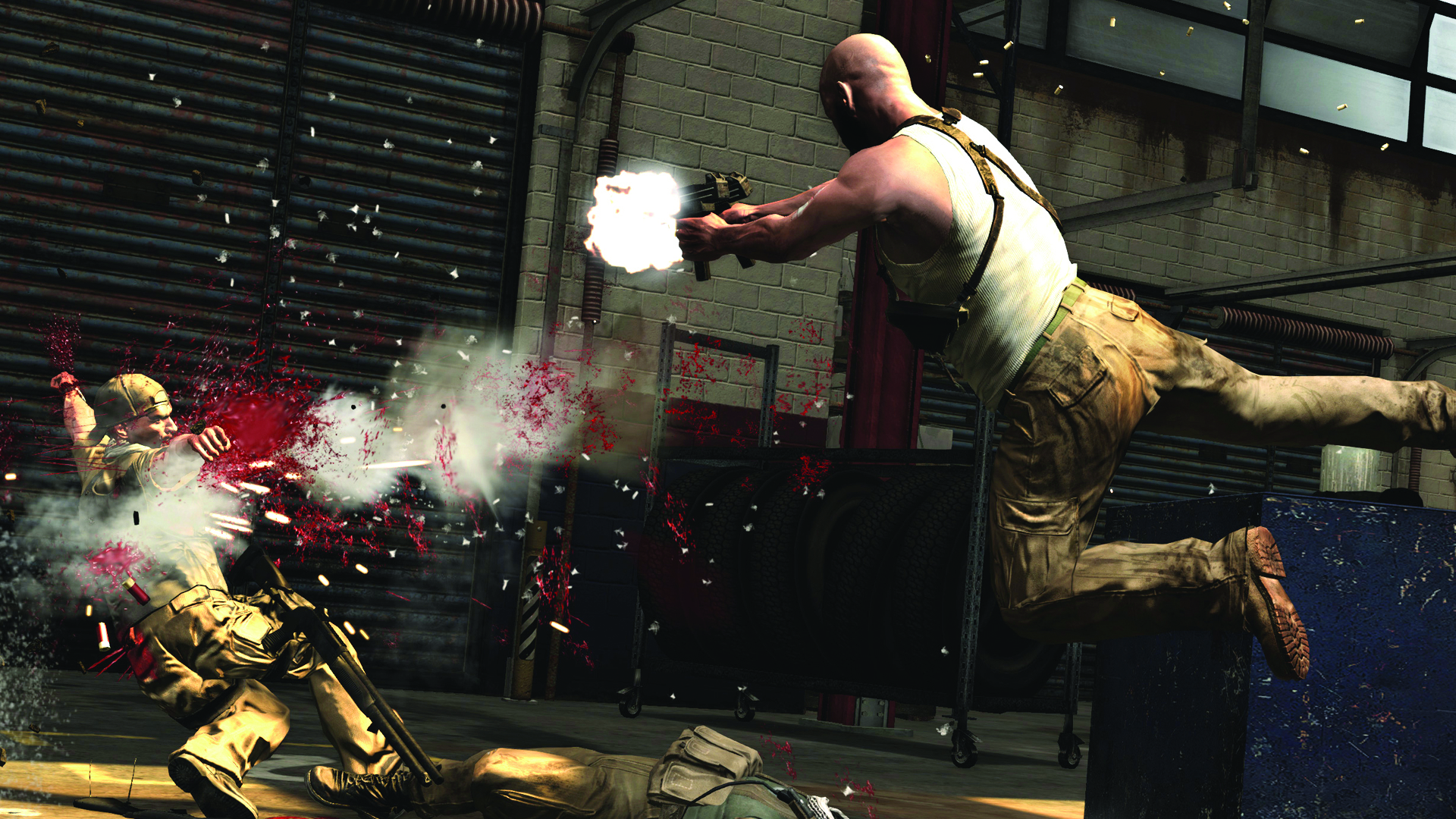
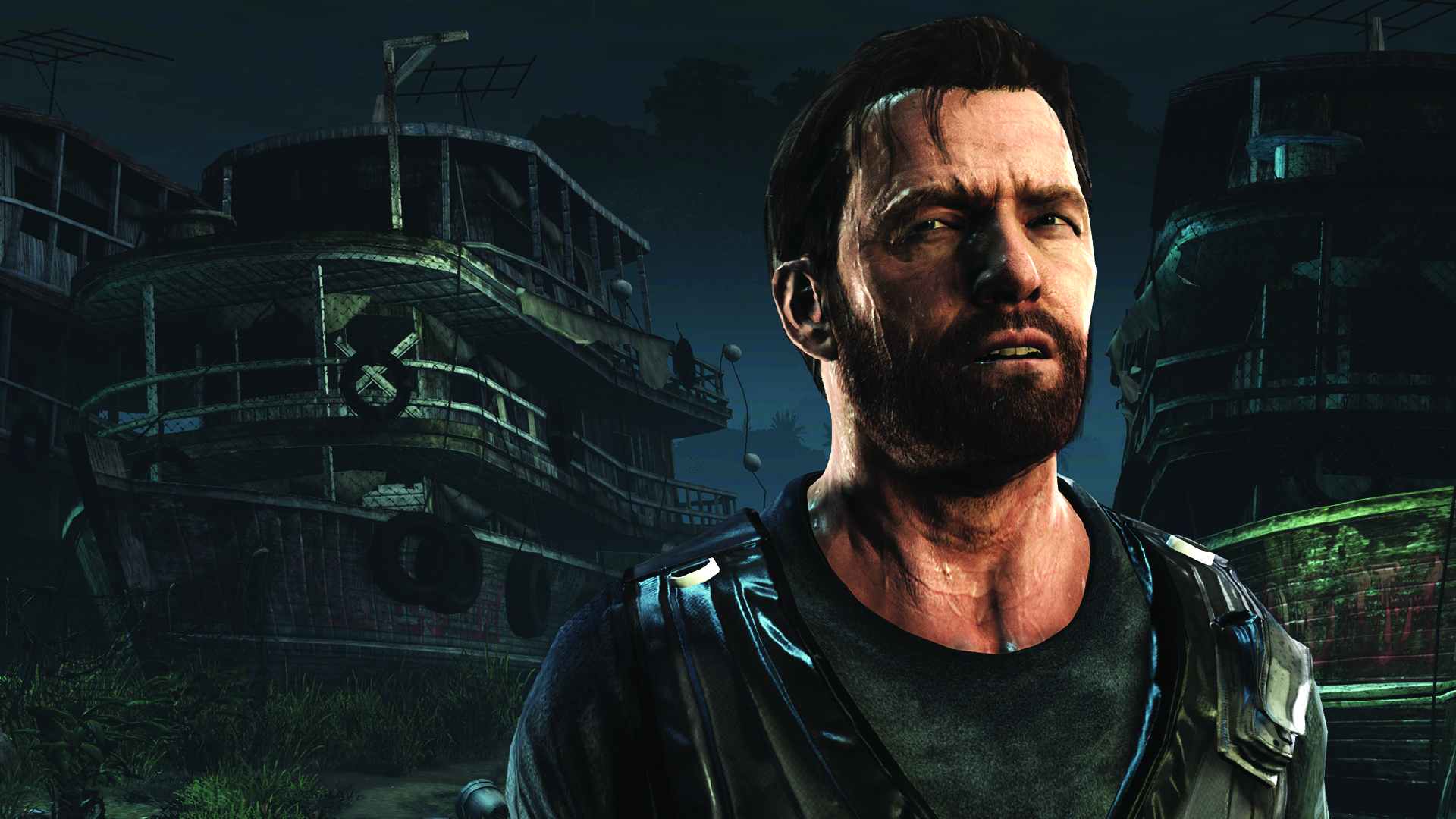
Reinstall invites you to join us in revisiting PC gaming days gone by. Today, Andy returns to the lavish Rockstar production values of Max Payne 3.
Of the three Max Payne games released so far, Max Payne 3 is the odd one out. But that’s only because Remedy is so good at imprinting its games with its own idiosyncratic personality. The third game may share a lot of the same DNA, and may also feature a metaphor-loving ex-cop killing gangsters in slow-motion, but it’s a very different experience. Over the years I’ve developed a greater appreciation for the risks Rockstar took in breaking Remedy’s established, and beloved, mould.
It’s a Rockstar game through and through, with lavish production values, gorgeous world-building, and confident, cinematic direction. Max is still depressed, still haunted by the death of his family, and still self-medicating with painkillers and booze. But after a deadly run-in with the hot-headed son of a local mob boss, he leaves the mean streets of New York behind and moves to São Paulo—the largest city in Brazil—to work as private security for the wealthy Branco family. It’s a bold change of scenery.
The dark, snowbound streets of New York and New Jersey are a big part of Max Payne’s visual identity. And although there are a few flashback chapters in Max Payne 3 that take us back there, replacing that iconic setting with Brazil’s sunshine and palm trees was a brave move. The first two games are set entirely at night, while much of this game takes place during the day, giving it a very different atmosphere. São Paulo is as rough, violent, and run-down as New York in places—particularly the Nova Esperança favela—but the overall tone is much less gloomy.
It’s a radical departure, but it works. It’s always interesting to see a familiar character thrust into an unfamiliar situation, and Max is hilariously out of place in Brazil. As if being a white American in a favela didn’t draw enough unwanted attention, he makes his life even more difficult by wearing the loudest Hawaiian shirt imaginable. He was comfortable in New York, but here he’s an outsider, and the game plays up to it brilliantly. “Here I was,” he grumbles in one of his monologues. “Some hopped-up gringo a long way from home, causing trouble the only way I know how.”
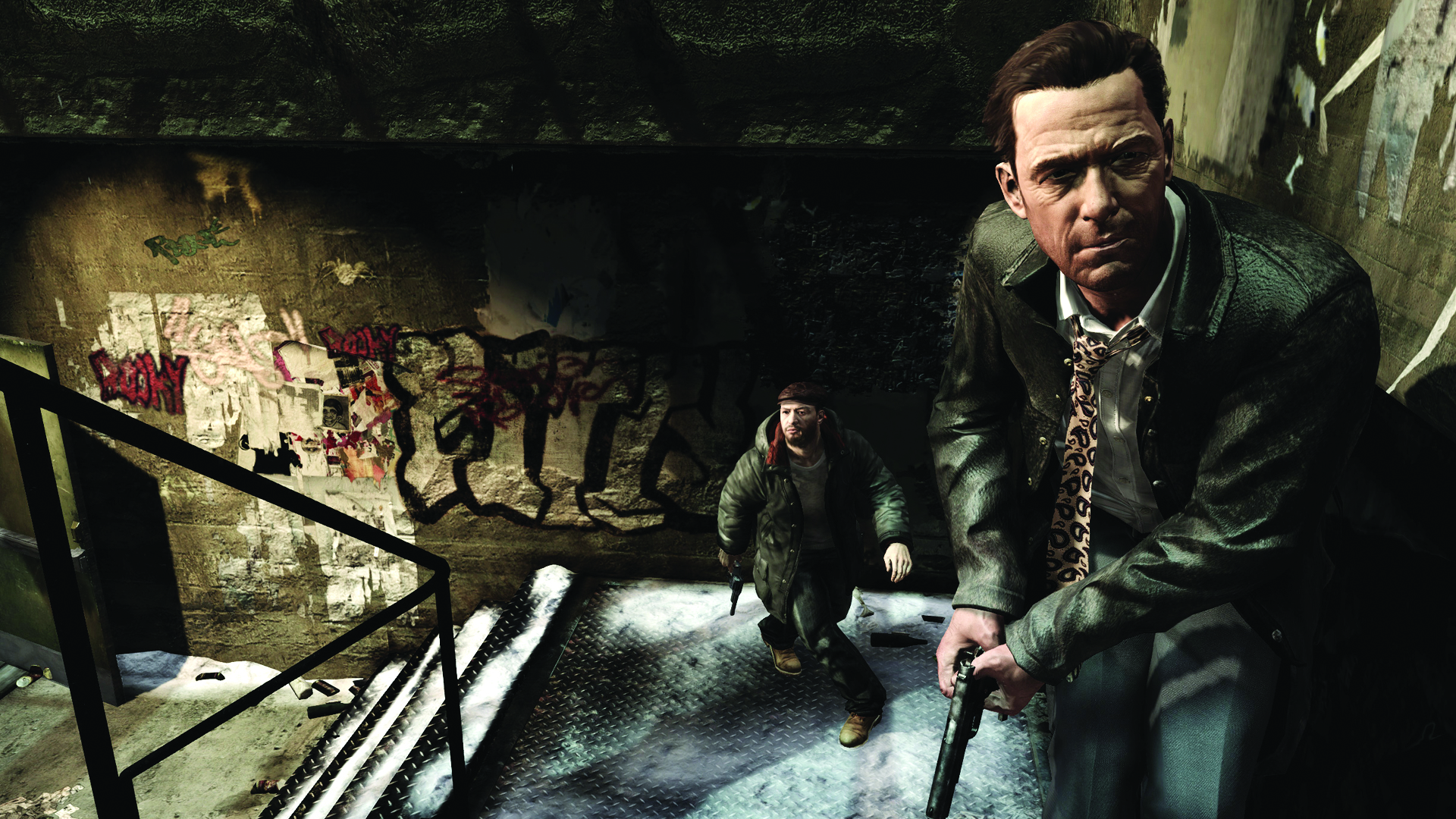
That way, of course, being balletic slow-motion combat. Max Payne 3 is an incredibly simple, pared-down shooter. All you can do is jump and shoot, using bullet-time to slow the action down for a limited period. Kill the last guy in a group and the camera will zoom-in on his bloody, bullet-peppered body, and you can keep firing you if like, sicko. It’s an extremely limited toolset for a ten-hour game, but the good variety of locations and situations manages to keep things varied and interesting.
Highlights include a rooftop nightclub where throbbing music and flashing lights provide an intense backdrop for a firefight. Nova Esperança is a narrow, twisting meat-grinder with gunmen emerging suddenly from blind spots and firing at you from rooftops. And the airport is host to a series of brilliantly frenetic, challenging battles with a small army of heavily-armed, and heavily-armoured, corrupt cops. The set-pieces are all wonderfully constructed and choreographed, but occasionally you do wish there was more variation and depth.
I love the way it transitions seamlessly between locations and times of day by artfully hiding the loading screens with stylish, hyperactive cutscenes.
The pace is breakneck, and I love the way it transitions seamlessly between locations and times of day by artfully hiding the loading screens with stylish, hyperactive cutscenes. There are far too many of them, though. Approach a door and instead of just opening it yourself, a shaky, over-stylised cutscene will play showing Max opening it. It wrestles the controls away from you far too often, for stuff you could easily have done yourself.
The biggest gaming news, reviews and hardware deals
Keep up to date with the most important stories and the best deals, as picked by the PC Gamer team.
Much of the game’s power lies in its soundtrack. In a genius move, Rockstar hired Los Angeles noise-rock band Health to write the score. It’s an unusual and inspired choice that sets the music apart from pretty much every other game. It’s all pounding percussion, distorted, reverby guitars, and icy synths, and nothing else sounds like it. It’s dynamic too, with musical elements fading in and out to mirror the action. I get goosebumps every time I play the airport level and “Tears” starts thundering on the soundtrack. More developers should recruit bands to compose their scores.
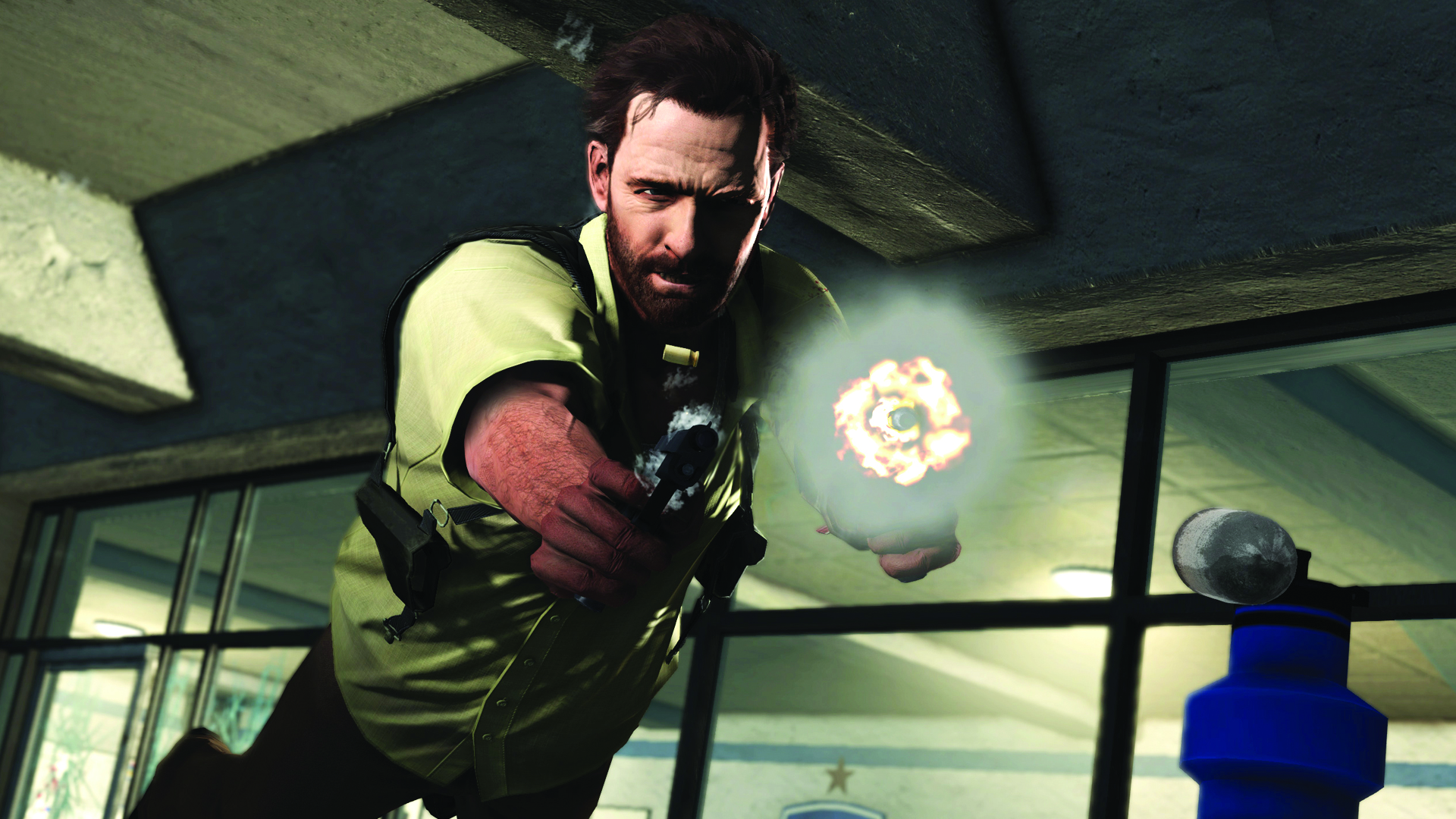
Flashback chapters give us a taste of what happened before. These are set in Hoboken, New Jersey, and the wintry streets stand in stark contrast to sun-soaked São Paulo. An altercation in a bar leads to Max and Passos, his contact in Brazil, being chased by an army of camel coat-wearing wiseguy mobsters straight out of Goodfellas. Through the bullet trails of a rooftop gunfight you see the Manhattan skyline in the distance, lit up against the night sky, which is a wonderful moment of scene-setting. These visits to New Jersey are brief, but they feature some of the game’s best shootouts.
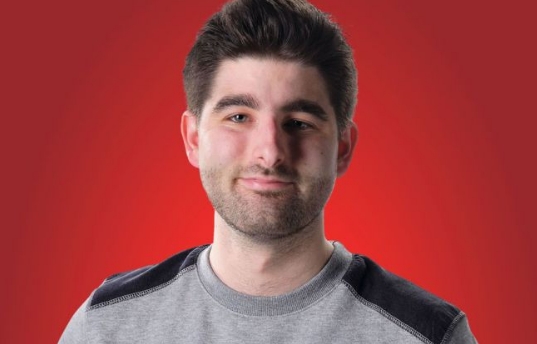
It's just paynful, according to Tom Senior
“Max Payne 3 ditches Remedy’s tongue-in-cheek noir pastiche in favour of a try-hard gangster drama delivered through repetitive cutscenes. Only a few levels are any good, and the night-time pier section in mission 5 level that instantly kills you for falling into water is a crime. If you find a copy, dive slowly sideways while dropping it in a bin.”
One of the strongest pieces of connective tissue between Max Payne 3 and its predecessors is the presence of James McCaffrey, who’s been the voice of Max since the first game in 2001. His performance is a highlight, delivering the ex-cop’s tortured metaphors and hard-boiled film noir monologues with a likeable weariness. And his face is even in there too. In the first Max Payne it was Remedy’s Sam Lake; in the sequel it was actor Timothy Gibbs; and in the third game it’s McCaffrey. I’m glad Rockstar didn’t recast, because I can’t imagine anyone else playing Max.
My biggest gripe with Max Payne 3 is its lack of humour. Sam Lake’s writing in the first two games is a lot more colourful and tongue-in-cheek—especially in the heavily self-referential second game. Rockstar’s writers, however, play it much straighter, and there’s nothing to compare to the surreal Address Unknown theme park or the absurd Dick Justice TV show. It’s a pretty dry revenge story and, for the most part, grimly self-serious. The first two games also had an esoteric, mythical quality, with their references to Norse paganism, and there’s none of that here either. Remedy’s off-key quirkiness is a big part of Max Payne’s success, and I wish Rockstar had gone more in that direction.
That aside, Max Payne 3 is a worthy, if overly earnest, sequel. I admire Rockstar for taking a chance with a new setting, because while I’d love another Max Payne game set in New York City, it’s been done twice before. It’s a pretty basic third-person shooter, but one constructed with an enormous budget, keen attention to detail, a flair for the cinematic, and a lot of talent. And, honestly, it doesn’t matter where in the world Max is. If he has a gun, a bottle of whisky, and a few dozen metaphors, he can do his thing anywhere, the only way he knows how.
If it’s set in space, Andy will probably write about it. He loves sci-fi, adventure games, taking screenshots, Twin Peaks, weird sims, Alien: Isolation, and anything with a good story.


